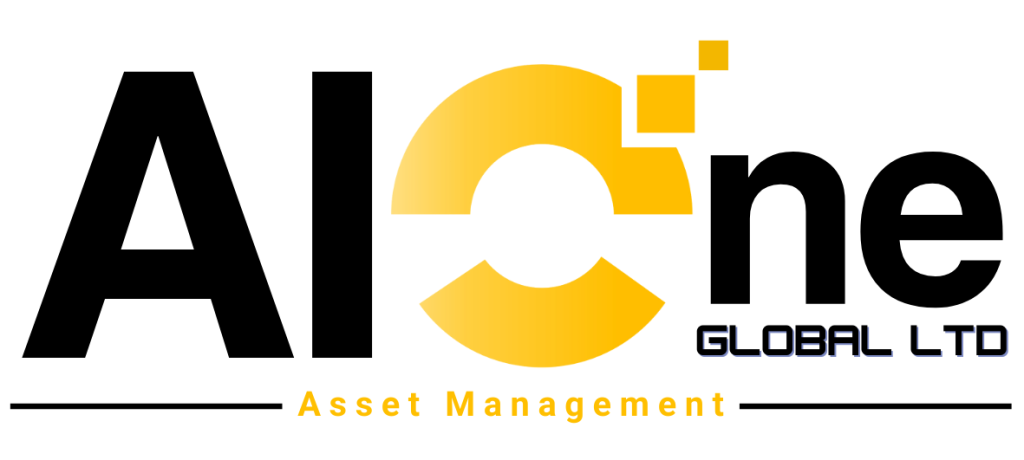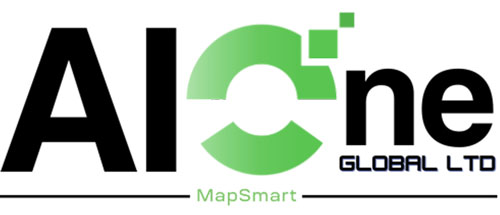Across the UK, more local authorities are exploring — or actively rolling out — a move from 2-week to 3-week residual waste collections.
It’s a shift that’s often driven by environmental goals, financial pressures, and the need to improve recycling rates. But while the policy case may be clear, the operational challenge is anything but simple.
And that’s where many councils find themselves stuck — not in the decision, but in the delivery.
Why Councils Are Making the Shift
Moving to a 3-week residual collection cycle isn’t just about reducing bin lorry mileage. It’s part of a broader strategy to:
- Encourage higher recycling and food waste separation
- Reduce residual waste volume per household
- Lower disposal costs (including landfill tax and incineration fees)
- Support Net Zero and sustainability targets
It works because when residual waste is collected less often, households become more engaged in sorting recyclables and using food waste caddies. Real-world results from UK councils show 10–20% reductions in general waste, and noticeable spikes in recycling rates.
But benefits like these only emerge when the operational side is managed properly.
The Transition Is Where It Gets Risky
For frontline teams, the move from fortnightly to 3-week rounds is not just a date change.
It creates pressure on:
- Collection planning – how to redesign and optimise all affected rounds
- Resident experience – avoiding missed bins or confusion over new service schedules
- Route risks – schools, tight turns, dead ends, and high footfall areas all need to be rechecked
- Driver onboarding – familiarisation with new rounds takes time
- Resource forecasting – how many extra vehicles or crews will be needed (if any) to support the initial transition?
In short: you’re not just adjusting the calendar — you’re reshaping the entire system.
And when that’s done manually, it takes weeks — if not months — of GIS work, route testing, and simulation.
Smarter Planning = Smoother Implementation
The difference between a disruptive rollout and a smooth one often comes down to how well you model the change before rollout.
The most successful councils use tools and data to:
- Identify exactly which residents are affected by round changes (disruption rates)
- Calculate how many temporary vehicles or shifts are needed to ease the handover
- Digitally update service zones without gaps, overlaps, or compliance issues
- Give drivers route visibility and risk insights before they hit the road
- Transition not just efficiently — but confidently
How MapSmart Supports the Transition
At AIOne, we’ve seen the complexity of these transitions first-hand. That’s why we built MapSmart — a planning tool specifically designed to help local authorities manage large-scale changes in their collection strategy.
Without requiring full GIS expertise, MapSmart enables:
- Automated disruption analysis to highlight which households are affected
- Risk mapping to identify route issues like schools, narrow streets, or U-turns
- Digital zone editing so planners can reallocate properties quickly and visually
- Exportable routing data that integrates directly into operational tools
“MapSmart doesn’t make the decision for you — it just makes delivering on that decision easier, faster, and more precise.”
The Policy May Be Difficult. The Delivery Shouldn’t Be.
Transitioning to a 3-week cycle will always require thoughtful communication, clear public messaging, and stakeholder buy-in.
But once the decision is made, the operational process should not be a blocker.
With the right planning tools in place, councils can:
- Reduce risk
- Shorten planning cycles
- Improve rollout accuracy
- Support their teams with smarter data
- Deliver a more predictable resident experience
👉 Want to see how AIOne MapSmart can support your collection strategy — from planning to execution?
🔹 [Book a Demo]
🔹 Explore MapSmart at alone.global
#WasteManagement #PublicServices #LocalGov #NetZero #RoutePlanning #ServiceDelivery #WasteCollection




